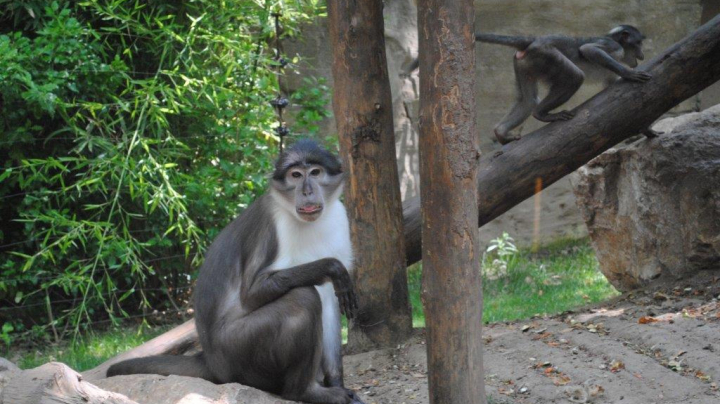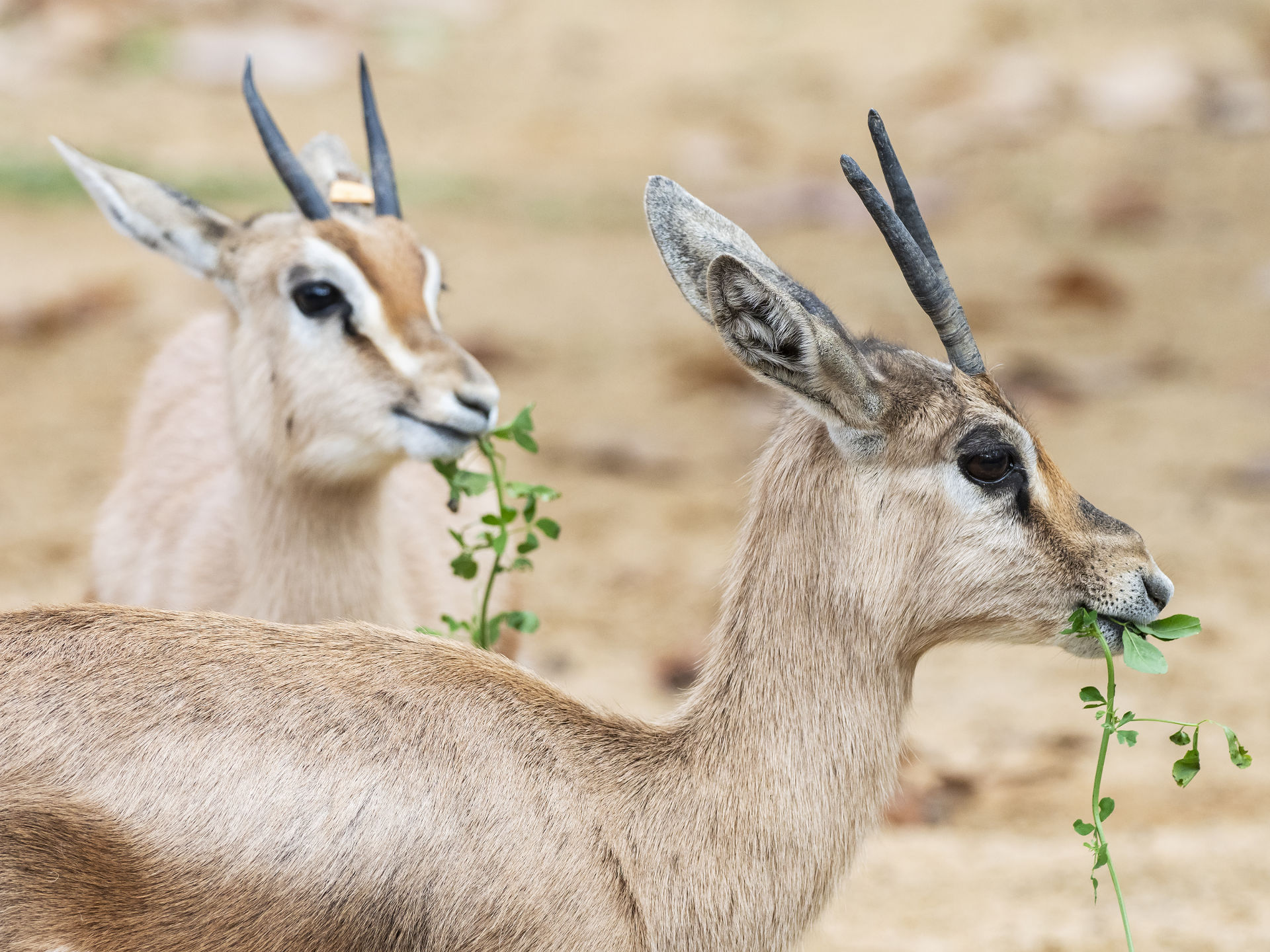
The Guinean forest region, identified as one of the world's most biodiverse areas, currently conserves under 10% of its original primary vegetation. In Ghana, a country included in that region, deforestation was already affecting 78% of the original tropical forests towards the end of 1980; according to estimates from the UICN, losses are continuing at an unsustainable rate of 3% a year. Habitat destruction and fragmentation along with poaching are the main reasons behind the extinction of numerous primate species all around our planet. More specifically, the situation is especially worrying in the forests of Ghana for two species of primates whose populations have diminished by over 50% over the last few decades: the white-crowned mangabey (Cercocebus lunulatus) and the Roloway monkey (Cercopithecus roloway).
In 2001, 16 European zoos, including Barcelona's, decided to create West African Primate Conservation Action (WAPCA), to promote the in situ and ex situ conservation of these and other species of primates in West Africa. WAPCA established its main in situ work area in Ghana and the Ivory Coast; Barcelona Zoo and the University of Barcelona (Faculty of Psychology) have been playing an active part since 2010 in the in situ projects in Ghana, focusing their work on the white-crowned mangabey.
On the other hand, Barcelona Zoo's involvement in ex situ conservation work on the white-crowned mangabey carried out within the heart of EAZA is at the highest level, given that Dr Mª Teresa Abelló has been coordinating the European Endangered Species Programme (EEP) for this species since 2001. The Endangered Primate Centre (EPC) was built by WAPCA in 2005, in collaboration with Accra Zoo (the capital of Ghana), and the Wildlife Service (Ghanaian government authority). The EPC, located in Accra Zoo, receives and rehabilitates primates confiscated from individuals, promotes breeding among some species and develops environmental programmes with the local population.
One of the tasks which Barcelona Zoo has been focusing on since 2010 was the creation of a semi-wild forest area in a nature park in Ghana (Kumasi), to house a group of mangabeys and study their capacity to adapt to a natural environment after years of captivity. This is seen as a pioneering project among the zoological community for assessing the risks of re-introducing primates into the natural environment in the future. What is more, the EEP's white-crowned mangabey programme has been boosting and intensively monitoring the population ex situ located in Accra Zoo, so that, should the natural population have to be boosted in its original habitat and the necessary protection and safety conditions arise, it can collaborate and contribute towards the wild population’s recovery.




